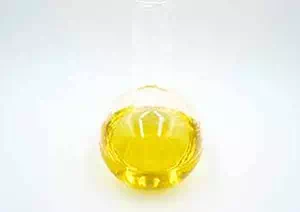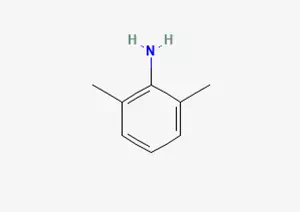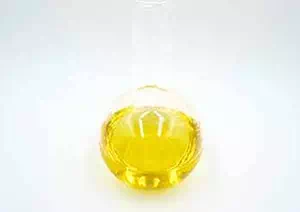All Categories



Aniline CAS 62-53-3, Aniline, CAS 62-53-3
Aniline (CAS 62-53-3), as the cornerstone of the aromatic amine industry, is widely used in the dye, pharmaceutical, polymer and agrochemical fields. However, its highly toxic and carcinogenic nature requires operators to strictly follow protective regulations (gas masks, inert gas protection).
CAS : 62-53-5
Formula : C6H7N
Mol. wt. : 93.13
EINECS : 200-539-3
| CAS | 62-53-5 |
| Molecular formula | C6H7N |
| Molecular weight | 93.13 |
| EIENCS | 200-539-3 |
| Form | Liquid |
| Melting point | -6 °C |
| boling point | 184°C |
| Density | 1.022 g/mL at 25°C |
| Solubility | Slightly soluble in water (36 g/L, 20℃); It is readily soluble in ethanol, ether and benzene |
| PKA | 4.63(at 25℃) |
| Color | APHA: ≤250 |
| Storage temp |
Aniline (CAS 62-53-3), as the cornerstone of the aromatic amine industry, is widely used in the dye, pharmaceutical, polymer and agrochemical fields. However, its highly toxic and carcinogenic nature requires operators to strictly follow protective regulations (gas masks, inert gas protection).
Chemical Name: Aniline (also known as: aminobenzene, aniline oil)
Molecular formula: C₆H₇N
Molecular weight: 93.13 g/mol
CAS No. : 62-53-3
EINECS number: 200-539-3
Structural formula: Benzene ring connected to amino group (-NH₂)
Appearance: Colorless to light yellow oily liquid with a strong ammonia odor (industrial products may be slightly yellow).
Dye and pigment industry
Core intermediates: Synthetic azo dyes (such as methyl orange) and indigo dyes, accounting for 30% of global demand.
Pharmaceuticals and Pesticides
Drug synthesis: Production of paracetamol and sulfonamide drugs;
Pesticide raw materials: used for herbicides (metochlor, butachlor) and fungicides (carbendazim).
Polymers and Rubber
Polyurethane (MDI) : 80% aniline is used to produce diphenylmethane diisocyanate (MDI), which is a key raw material for foam plastics.
Rubber additives: vulcanization accelerators and antioxidants.
Other fields
Analytical reagents: Detect halogens and heavy metal ions (such as Fe³⁺, Cr³⁺);
Explosives and Spices: Intermediate for synthesizing TNT and vanillin.
Health risk
Acute toxicity
Oral LD₅₀ = 250-442 mg/kg in rats; It is easily absorbed through the skin (the absorption rate of liquid is 1,000 times faster than that of vapor).
Methemoglobinemia: It causes tissue hypoxia, with symptoms including cyanosis of the skin, breathing difficulties, and coma.
Carcinogenicity: IARC classifies it as a Group 3 carcinogen (possibly carcinogenic to humans).
Chronic exposure: neurasthenia, anemia, hepatosplenomegaly, and eczema caused by skin contact.
Operation and emergency measures
Protective equipment: Gas mask (half mask), acid and alkali resistant suit, rubber gloves;
Leakage treatment: Absorb with sand and soil. Do not rinse with water (releases heat when exposed to water).
Storage conditions: Cool and dark (≤30℃), protected by inert gas to prevent oxidation.
* Prompt reply and 24 hours online, professional team to provide best price and high quality product.
* Sample testing support.
* Every batch of products will be tested to ensureits quality.
*The packing also can be according the customers` requirment.
*Any inquiries will be replied within 24 hours.
*we provide Commerical Invoice, Packing List, Bill of loading, COA , Health certificate and Origin certificate. If your markets have any special requirements, let us know.